Most days, we spend a lot of time in our cars driving around running errands.
You don’t have to be a prepper to acknowledge the fact that you could be trapped in your vehicle due to unforeseen on-the-road events.
Every experienced driver has had at least one incident in which the only salvation was the kit in their trunk. A vehicle survival kit is more than having a spare tire and a few basic tools. It may in fact be the only useful thing to help you get out of a nasty situation.
Portable Device Generator – Learn How To Build
Your Own Energy Generator!
Accidents happen all the time, and sinkholes, rollovers, natural disasters and most commonly, unknown terrain, are just some of the issues may drivers face. Having a survival kit may save the day, but before you open it, there are more pressing matters you need to address. The most important thing would be to asses your situation.
Figuring out the answers to the following questions will dictate the course of action, and most importantly, you will figure out how to use your kit.
- Are you or any of the passengers injured?
- Are you in the vicinity of a town or close to any type of civilization?
- How far is the next town? Can you cover that distance on foot?
- How much time does it take to make your vehicle mobile again?
Once you figure out how serious your situation is, you can use the equipment on hand to act on your survival strategy. You will need to save yourself and limit the consequences of your current situation by using your vehicle survival kit.
Items you should have in your vehicle survival kit:
1. Survival bag
This can be the survival bag of your choice. Some have a bug out bag in their car while most preppers have a get home bag. These bags are specifically designed to keep you alive on the road. All the items you have in your survival bag should sustain you in the event of an emergency.
2. A car safety hammer
In recent years, this tool has become a common presence in the cars of Americans. Although at first, it may not look like a big deal, this small hammer can save your life if you get trapped in your car during flooding or any other type of disaster that requires you to abandon your vehicle quickly. A good safety hammer should have three features: window breaker, seatbelt cutter, and glass hammer.
I don’t think there’s the need to go into details on how the tool should be used. However, the main thing to keep in mind is that a car safety hammer should always be kept in reach. Failure to do so can lead to a gruesome outcome.
3. Tire repair kit
A flat tire is a common event, and it can often occur when traversing through unknown terrain. If there’s no time to wait for roadside service or if there’s little to no chance that help will arrive, then a tire repair kit is the next best thing. Every driver should have one in their cars since it will provide everything you need to repair punctures and find your way back on the road.
4. Air compressor
This item is required to finish the repair job on your tires. The problem with picking an air compressor is that people don’t actually understand that said air compressor needs to have the required power to inflate their tires. Air capacity and pressure requirements vary greatly for car and truck tires.
5. Folding shovel
This item is a must if you travel in an off-the-grid environment. It will help you dig your way out of tight spots, and the multiple features of such shovels will come in handy as well. If the shovel has a saw blade, you can use it to cut tree branches and create a grip surface for your tires when you get stuck. You can also use the shovel to dig up rocks and put them in sandy soil to create traction for your tires.
6. Jump-starter power bank
A dead battery pretty much leaves you stranded, especially where there’s no living soul around you to help it jump-start your battery. A stand-alone power supply such a power bank can help you jump-start your battery, but it also provides charging capabilities for your devices.
7. Tow strap
In my car, I have a heavy-duty 30-foot tow strap that is able to handle more than 5,000 pounds in use. There are various tow straps available on the market, but I find this one to work for me. These are usually made from rugged polyester and they can be successfully used for self-recovery.
In case needed, you can also give someone a tow and you can use it for pretty much anything you can think of during a crisis. You can even secure it between an anchor and a wheel that is stuck to free it by creating a winch as you accelerate.
8. Compact auto tool kit
These types of tool kits should contain all the standard items you would need for basic tinkering. Things such as a bit driver, bit sockets, a wrench, and pliers, are all items you need, among other things. Of course that for someone clues on how to use such a kit, it only becomes dead weight. Every responsible driver should learn how and for what jobs to use such a tool kit.
9. Tarp
As stated in my articles, I’m a tarp fan, and this item is indispensable for me. It’s good to have one in your vehicle survival kit since there are dozens of ways in which a tarp can save the day. Besides improvising a quick shelter in a harsh environment (inside or outside the car), you can use it to collect water, to transport a person and so on.
10. Signaling items
Regardless if you are a prepper or a survivalist, you should have some road flares or reflective sings in your car kit. Most people I know keep in their cars only road flares because they can use them as signaling items, but also as fire starters. However, flares don’t last, and a large reflective sign positioned properly on the road or on the top of your car should be your backup. You won’t have to worry about its lifespan.
11. Tire iron and jack
These are basic items that should be part of your survival vehicle kit and any car kit in general. You will need the tire iron to break the lug nuts loose for each wheel and the jack to raise and lower your vehicle.
12. Led lamp
Most folks keep a flashlight in their cars, and although it’s a good addition, a led lamp (even a headband light) can prove much more useful. If you need to use both your hands for certain car repairs, you can hang the led lamp or place it wherever it is needed.
13. Fire extinguisher
A small fire extinguisher should be considered for any car kit since it will help you put out small fires preventing greater damage and loss. One advice I can give you is to keep your distance from a vehicle on fire if you think gasoline is involved.
14. Food and water
Your survival bag should already have some food and water in it, but having a little extra will do no harm. The car is handling all the extra weight, and you never know when you might need those extra supplies. I have a 3-gallon water container in my car at all times and a few protein bars and 3 small bags of jerky.
15. First-aid kit
Once again, these should already be in your survival bag, but if that’s not the case or if you don’t have your bag with you, it would be wise to have a spare first-aid kit in your car. Don’t forget to also bring some toilet paper and feminine hygiene products for the lady in your life, in case she will need them.
16. Clothing
Since many people forget to update their bug out bag for the season and the clothes you stored in it may not fit your needs, you should think of alternatives. For example, every fall, I remind myself to put some extra clothes in my car just to be on the safe side. I keep a pair of pants, a wind and waterproof jacket, two pairs of socks, and a pair of work boots (I always have extra footwear, no matter where I’m traveling).
17. Navigation items
We are more and more accustomed to using our phones to navigate and do pretty much everything we can think of. The problem with phones is that they can get damaged during an accident and you are left without help. For that reason alone, you should consider having local maps, and perhaps, a GPS system as alternatives for your navigation plans. Not only will these items help figure out where you are and how far from civilization you find yourself, but it will also help you reach the desired location.
18. Mini stove
There are various multi-purpose stoves on the market, and there are even those that use fuel such as wood, twigs, and all sorts of burning materials to generate electricity. With such a stove, you can cook meals, melting snow and even recharge your gadgets. This will be an ideal addition to your car kit regardless if you plan a camping trip or if you prepare for emergencies.
19. A cooking set
In your bug out bag, there should be a few ready to eat meals, and there’s no room for pots and pans. However, you can add a small cooking set in your car since it will handle the heavy load for you.
20. Complementary items to your survival bag
Everything missing from your survival bag should be found in your vehicle kit. Depending on the region where you live, there may be certain items you need to carry around, and using your car would be the most logical thing to do if you want to avoid worrying about the extra load and bulk.
Concluding
Making a vehicle survival kit should be mandatory for everyone that spends much of their time on the road. It is the most useful thing you can do for yourself if you plan to prepare for the unexpected. You’ve seen in the news that there seems to be an increasing number of people getting trapped in their cars during natural disasters such as blizzards.
Other folks seem to forget how to drive when it’s raining or snowing heavily, and they cause accidents easily. They are caught unprepared, and I honestly don’t understand why people don’t make a survival vehicle kit, especially if they have enough room in their cars.





























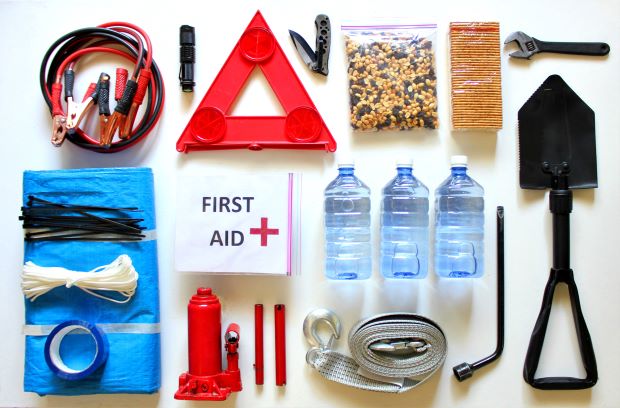
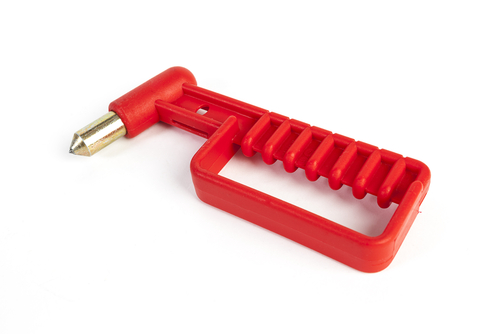
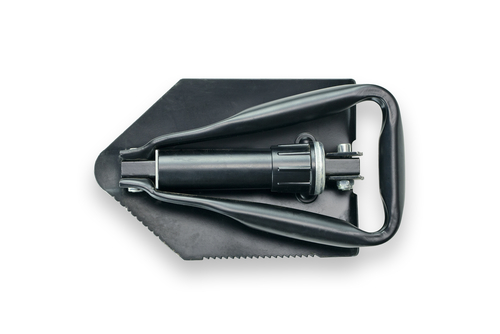
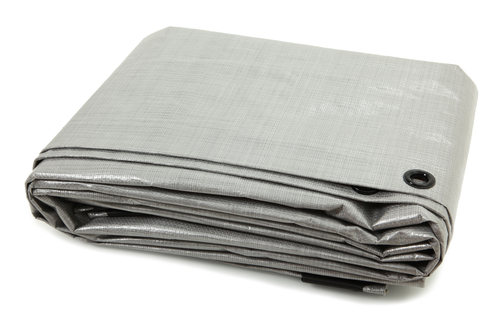
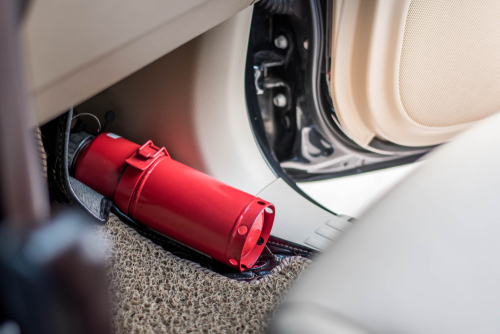
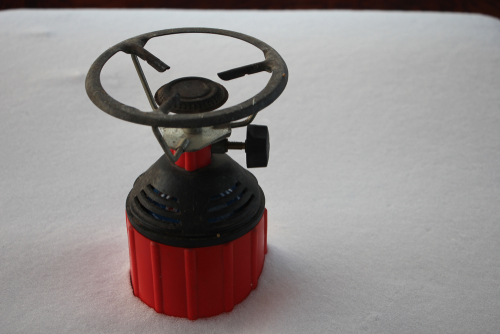
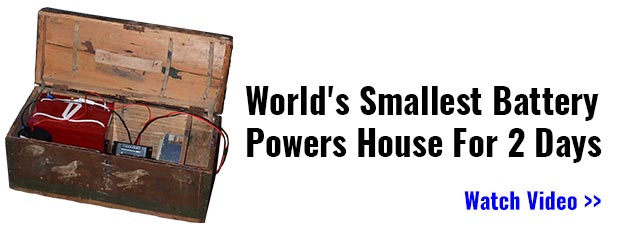













































Once you have all these items in the car where do you put your passengers?
How many passengers do you usually carry in the trunk of your car? That’s where the supplies go.
Re: Bpb’s comment about driving in rain and snow. Every Winter after the first serious snowfall, I find a vacant parking lot for about ten minutes of practice. Practice stopping without skidding, how sharply you can turn without spinning out, and how to control a skid. Definitely do this if your’re driving a different car from last Winter. Even the difference in tire wear can change how a car handles. Also,get used to the vibration of the antilock braking system (ABS) – You don’t want to be distracted by a loud vibration, in the middle of an emergency. And of course carry the stuff Bob recommends. One thing I would add, is a bag of cheap kitty litter – it’s great for traction if you get stuck, and as an absorbant it can contain a limited amount of spilled antifreeze or oil. As the Scouts say, Be Prepared.
A can of fix a flat will cover the tire repair and the compressor problem. While it’s not the greatest for your tire unless you have experience plugging tires and are in a good position to do so IE not in the rain,snow,dark ect it is a better choice.
A cook stove? Really? While keeping something to eat in the car is a good idea I don’t think I would be worrying about preparing a full meal. Your not going to starve in a day.
Very informative & interesting
i had a tire rapidly go down on an interstate.and learned a few things. fix a flat doesnt work when the tire is shredded from a higher speed rapid deflate, so dont rely on it to be all you need. second, the jack that came with the truck was not high enough to do more than about touch the frame, and that was with the rim touching the ground. My truck is a bit higher, but far from sky high. Not too sure if it was as sold as i bought it used. Judging by other trucks i have seen it is about average height. check your jack can go high enough to do the job. Third the nut to lower the spare tire was so rusted the cable had to be cut off. thanks road salt. Not something i was prepared to do on a roadside even if i could have gotten the shredded tire off the truck. something to add to my PM schedule. just as a side note, the spare was the same height, but i different rim size, caused a bit of confusion when i went to get a new set shortly after with the spare on the truck.
Would like some more information regarding prepping and survival
Very informative for industrial tools